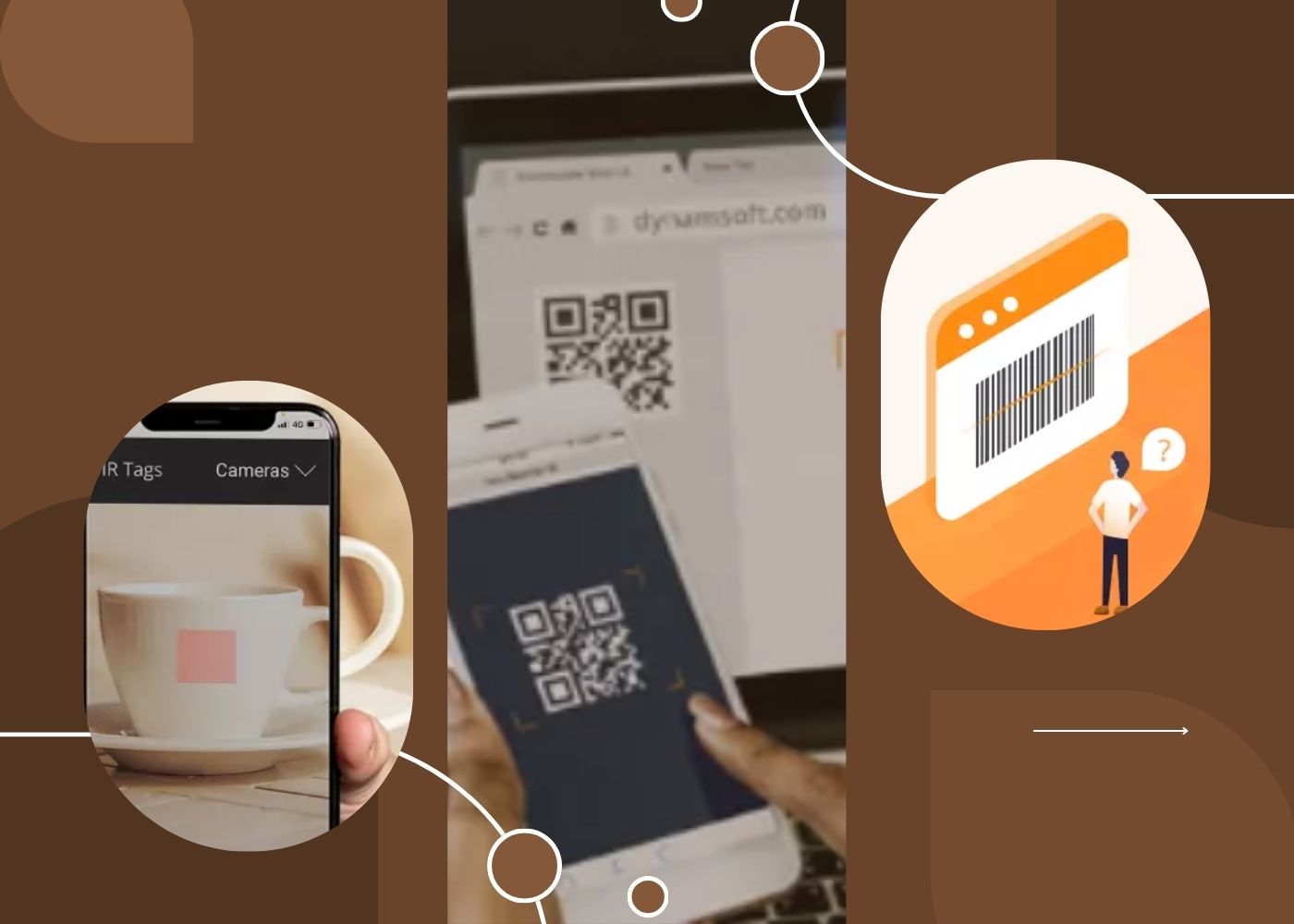In today's fast-paced world of business, the efficient and
accurate tracking of products, inventory, and information has become paramount.
Efficient barcode scanning has emerged as a cornerstone of providing better
product tracking and ultimately streamlining inventory management.
On the other hand, an inefficient barcode scanning process
can have serious repercussions that impact not just the financial aspects but
also customer satisfaction, data integrity, and general
productivity.
When properly designed and maintained, barcode scanning
systems offer a robust method for managing and obtaining data in various
industries. Barcodes are essential for improving accuracy, productivity, and
overall operational transparency in multiple sectors, including retail,
manufacturing, healthcare, and transportation. However, the possibility that
these systems might be inefficient due to problems like malfunctioning
equipment, poor label quality, or inadequate training emphasizes how critical
it is to follow the best practices in the domain of barcode scanning.
This article delves into the nitty-gritty of the best
practices that one might carry out to improve the accuracy and efficiency of
the barcode scanning process.
What are the best practices for improving the accuracy and efficiency of barcode scanning?
Here are some factors that contribute significantly to a
seamless barcode scanning experience:
1. Using Apt Color Contrast and Use of Quiet Zones
A key component of creating and printing barcodes is the
skillful application of color contrast. The readability and precision of
barcode scanning can significantly impact the contrast and color scheme used.
When making barcodes, one must use colors with a vivid contrast. Since it
creates the most difference, black bars on a white background are usually the
best match. This contrast makes it easier for barcode scanners to distinguish
between spaces and bars, facilitating accurate code reading.
Additionally, quiet zones, also known as clear zones or
quiet margins, are the empty spaces that surround a barcode. These zones are
crucial for accurate barcode scanning, and their utilization should not be
overlooked. They serve as buffers between the barcode and any potential
interference. They allow the barcode scanner to recognize the beginning and end
of the code, preventing misreads due to adjacent elements or background
clutter.
2. Label Placement
Proper, consistent label placement is integral to an accurate
barcode scanning practice. When barcodes are consistently positioned in the
exact location on every product or package, it allows for uniform and reliable
scanning. This is particularly crucial in high-speed scanning environments like
retail checkout counters and automated sorting systems.
Additionally, a consistent distance must be maintained from
the edges. Barcodes too near the edges may be severed, making scanning them
challenging. Ensuring the complete barcode is visible to the scanner inside its
field of vision is made more accessible by adhering to industry norms and
recommendations regarding margin width.
3. Scan Distance
Barcode scanners are designed with specific working
distances in mind. The optimal scanning distance is the range the scanner can
read the barcode accurately. Operating within this range ensures reliable and
efficient scanning. A scan distance of five pixels or greater is recommended
for the best decoding accuracy and speed.
The choice of the barcode reader's viewing angle also
influences the necessary distance and the type of reader required. Typically,
laser scanners outperform smartphones when reading barcodes at distances
exceeding two feet. Moreover, they tend to excel in low-light
conditions.
Additionally, advanced pre-processing capabilities
integrated into robust barcode scanner software can swiftly rectify damaged
or unreadable barcodes during scanning, improving recognition rates.
4. Robust Barcode Scanner Software
Despite all the points mentioned above, robust barcode scanning software is the ultimate factor for a seamless barcode
scanning experience. The quality of the barcode scanner software is crucial for
accuracy and efficiency. Its importance cannot be overstated, as it underpins
the functionality of the hardware and contributes to the overall success of a
smooth barcode scanning experience.
It ensures that data is captured accurately, operations run
smoothly, and businesses can adapt to changing requirements. Investing in
high-quality software is integral to a successful barcode scanning
system.
Conclusion
In conclusion, adopting best practices for barcode scanning,
including selecting the right symbology, maintaining consistent label
placement, and optimizing scanning equipment, is paramount to achieving
accuracy and efficiency in various industries. Businesses may lower errors,
increase operational productivity, and boost customer happiness by focusing on
these crucial elements.
If you wish to contribute to our blog, please email us on morhadotsan@gmail.com.























